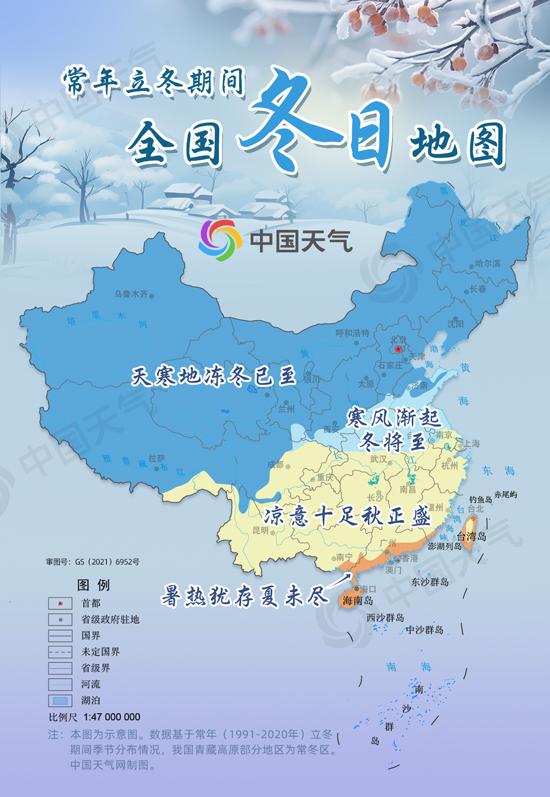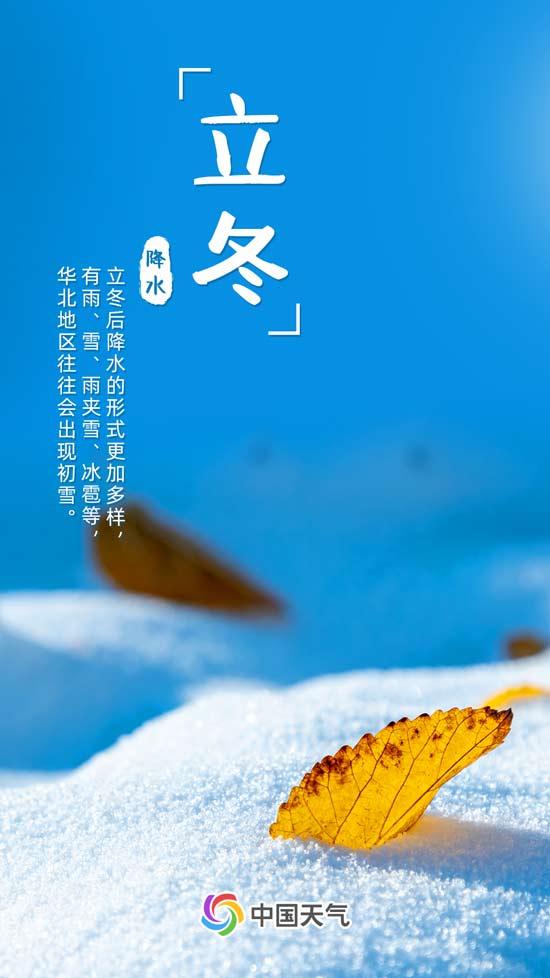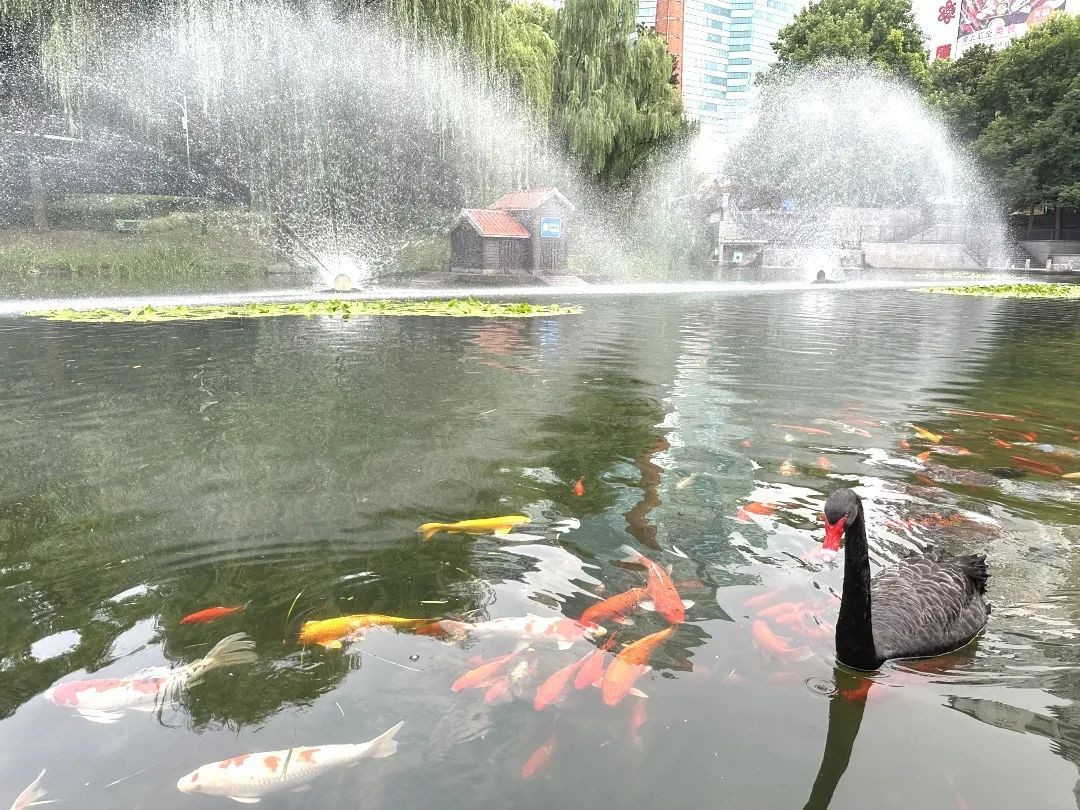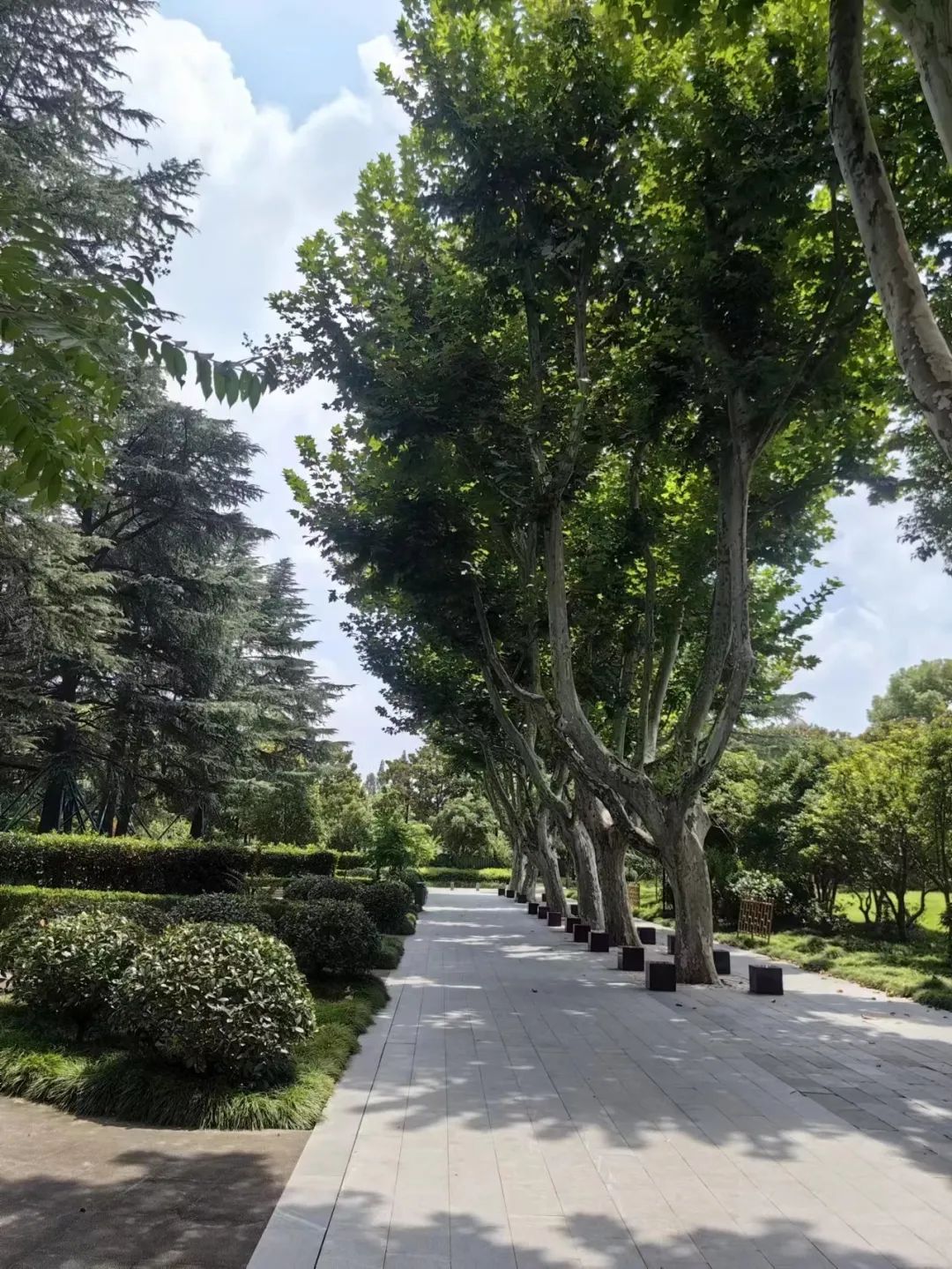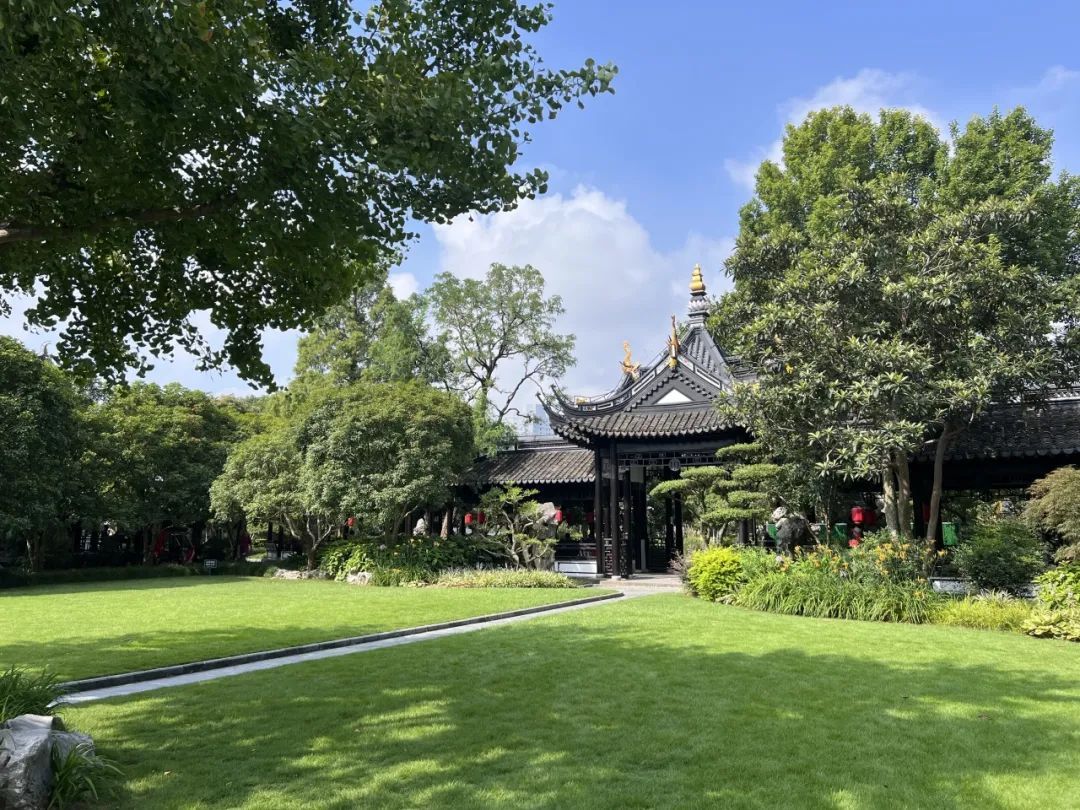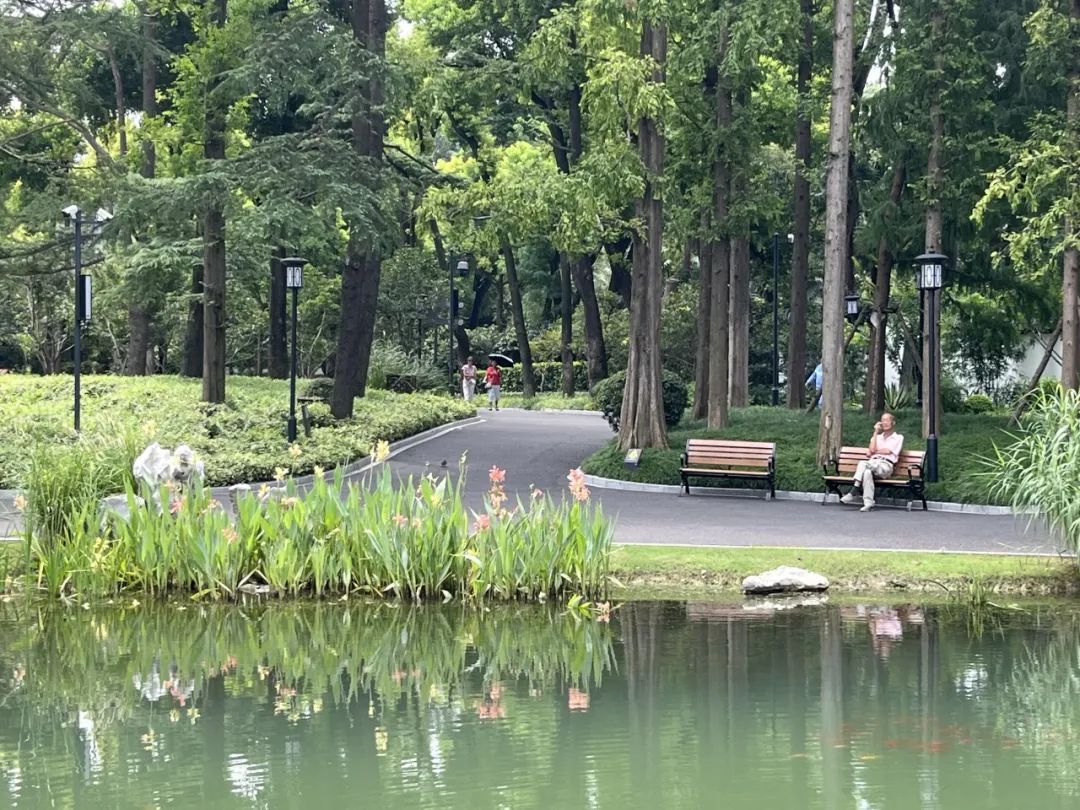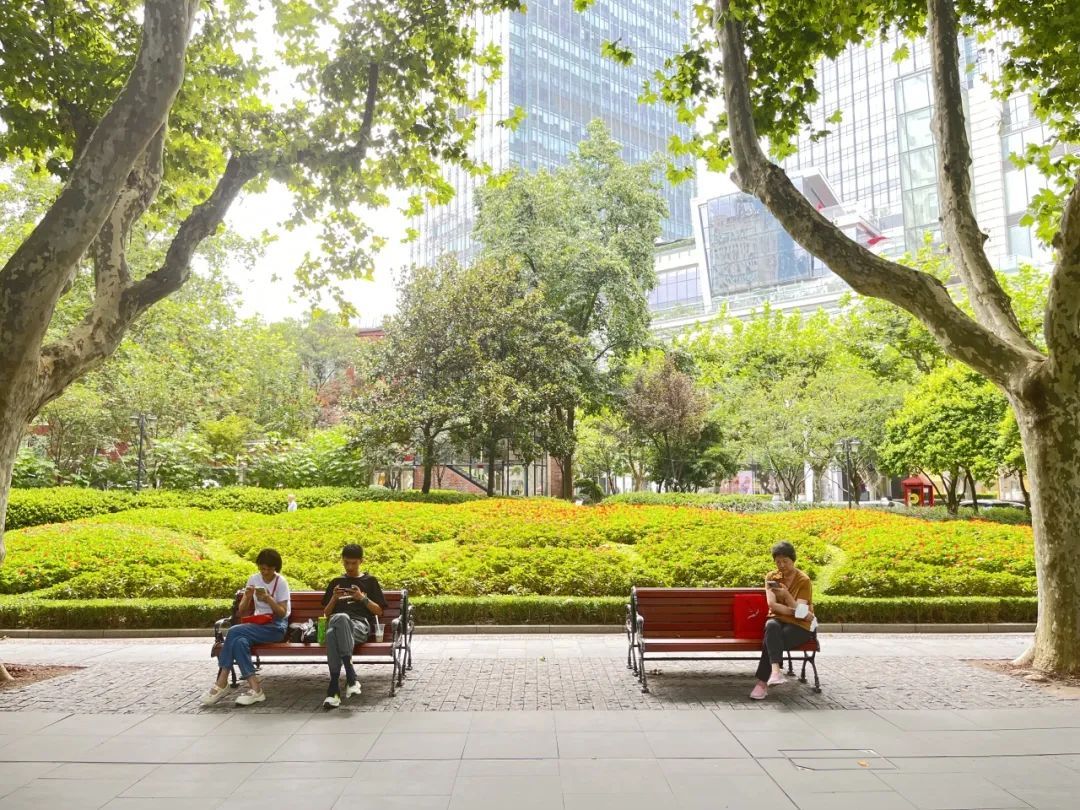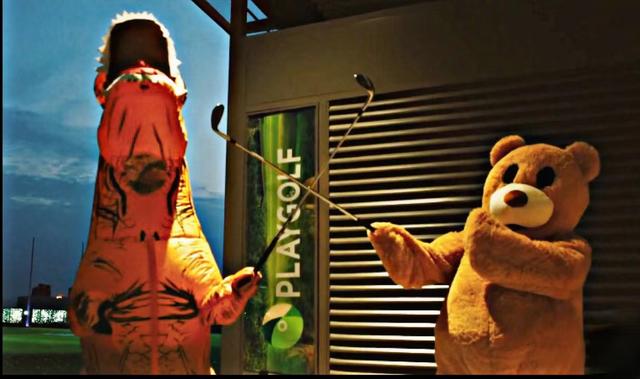Beijing, April 14 (Xinhua) According to the website of the Ministry of Industry and Information Technology, the Ministry of Industry and Information Technology recently released the economic operation of the automobile industry in March 2020. The data shows that in March, the production and sales of automobiles were 1.422 million and 1.43 million respectively, down by 44.5% and 43.3% respectively. From January to March, the production and sales of automobiles were 3.474 million and 3.672 million respectively, down by 45.2% and 42.4% respectively.
According to reports, in March, 2020, with the phased results of epidemic prevention and control in COVID-19, auto companies accelerated their resumption of work and production, production and operation resumed in an orderly manner, and the auto market gradually picked up, but the overall production and sales were still at a low level.
Car sales in March decreased by 43.3% year-on-year.
In March, the production and sales of automobiles were 1.422 million and 1.43 million respectively, down by 44.5% and 43.3% respectively.
From January to March, the production and sales of automobiles were 3.474 million and 3.672 million respectively, down by 45.2% and 42.4% respectively.

Image source: website of Ministry of Industry and Information Technology
— — In March, passenger car sales decreased by 48.4% year-on-year.
In March, the production and sales of passenger cars were 1.049 million and 1.043 million respectively, down by 49.9% and 48.4% respectively. In terms of vehicle types, the production and sales of cars were 493,000 and 491,000 respectively, down by 50.3% and 48.6% respectively. The production and sales of SUVs were 498,000 and 485,000 respectively, down by 44.8% and 43.9% respectively. The production and sales of MPV were 35,000 and 46,000 respectively, down by 77.3% and 70% respectively. The production and sales of crossover passenger cars were 22,000 and 21,000 respectively, down by 48.6% and 58.2% respectively.
From January to March, the production and sales of passenger cars were 2.684 million and 2.877 million respectively, down by 48.7% and 45.4% respectively. In terms of vehicle types, the production and sales of cars were 1.233 million and 1.325 million respectively, down by 50.4% and 47.6% respectively. The production and sales of SUVs were 1.288 million and 1.372 million respectively, down by 43.1% and 39.6% respectively. The production and sales of MPV were 114,000 and 136,000 respectively, down by 70.4% and 63.3% respectively. The production and sales of crossover passenger cars were 49,000 and 45,000 respectively, down by 51.1% and 54.1% respectively.

Image source: website of Ministry of Industry and Information Technology
In March, China brand passenger cars sold 433,000 vehicles, down 48.2% year-on-year, accounting for 41.5% of the total passenger car sales, and its share increased by 0.2 percentage points year-on-year.
From January to March, the cumulative sales of China brand passenger cars was 1.155 million, down 47.3% year-on-year, accounting for 40.1% of the total sales of passenger cars, and the share decreased by 1.5 percentage points year-on-year. Among them, the sales volume of cars was 265,000, down 48.7% year-on-year, with a market share of 20.1%; The sales volume of SUVs was 752,000 units, down 41.3% year-on-year, with a market share of 54.8%. MPV sold 91,000 vehicles, down 69% year-on-year, with a market share of 67.2%.
— — Commercial vehicle sales in March decreased by 22.6% year-on-year.
In March, the production and sales of commercial vehicles were 373,000 and 388,000 respectively, down by 20.3% and 22.6% respectively. In terms of vehicle types, the production and sales of trucks were 341,000 and 357,000 respectively, down by 20.3% and 22.1% respectively. The production and sales of passenger cars were 32,000 and 31,000 respectively, down by 20.9% and 28% respectively.
From January to March, the production and sales of commercial vehicles were 790,000 and 794,000 respectively, down by 28.7% and 28.4% respectively. In terms of vehicle types, the production and sales of trucks were 721,000 and 728,000 respectively, down by 29.3% and 28.2% respectively. The production and sales of buses were 69,000 and 66,000 respectively, down by 22.9% and 30.7% respectively.
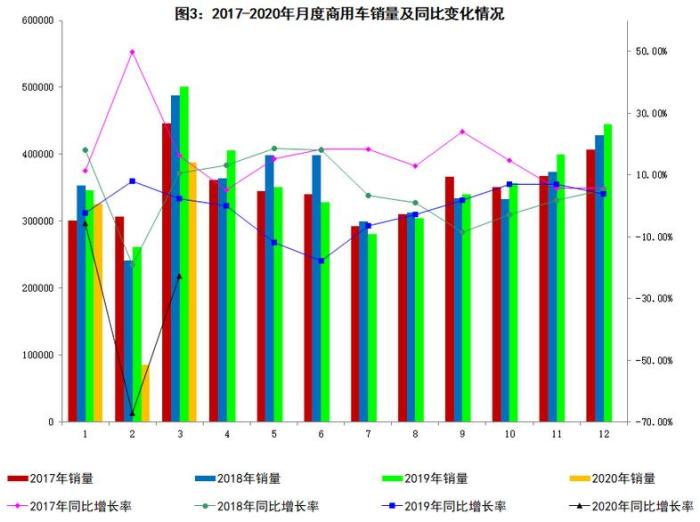
Image source: website of Ministry of Industry and Information Technology
In March, the sales of new energy vehicles decreased by 53.2% year-on-year.
In March, the production and sales of new energy vehicles were 50,000 and 53,000 respectively, down by 56.9% and 53.2% respectively. In terms of vehicle types, the production and sales of pure electric vehicles were 38,000 and 40,000 respectively, down by 58.5% and 55.6% respectively. The production and sales of plug-in hybrid vehicles were 11,000 and 13,000 respectively, down by 50.2% and 44.1% respectively. The production and sales of fuel cell vehicles were 38 and 36 respectively, of which the output increased by 5.6% year-on-year, and the sales volume was the same as the same period.
From January to March, the production and sales of new energy vehicles were 105,000 and 114,000 respectively, down by 60.2% and 56.4% respectively. In terms of vehicle types, the production and sales of pure electric vehicles were 77,000 and 85,000 respectively, down by 61.8% and 58.6% respectively. The production and sales of plug-in hybrid electric vehicles were 28,000 and 29,000 respectively, down by 55% and 48.5% respectively. The production and sales of fuel cell vehicles were 183 and 207 respectively, down by 19.7% and 7.2% respectively.

Image source: website of Ministry of Industry and Information Technology
From January to February, the main business income of key enterprises decreased by 32.8% year-on-year.
From January to February, the main business income of key enterprises (groups) in the automobile industry totaled 382.7 billion yuan, down 32.8% year-on-year; Accumulated profits and taxes totaled 21.16 billion yuan, down 65.1% year-on-year.
Automobile exports increased by 0.8% year-on-year in March.
In March, 91,000 vehicles were exported, a year-on-year increase of 0.8%. In terms of models, the number of passenger cars exported was 68,000, a year-on-year increase of 21.9%; The number of commercial vehicles exported was 23,000, a year-on-year decrease of 33.8%.
From January to March, 204,000 vehicles were exported, down 11.5% year-on-year. In terms of models, the number of passenger cars exported was 154,000, a year-on-year increase of 5.3%; 50,000 commercial vehicles were exported, down 40.7% year-on-year.















